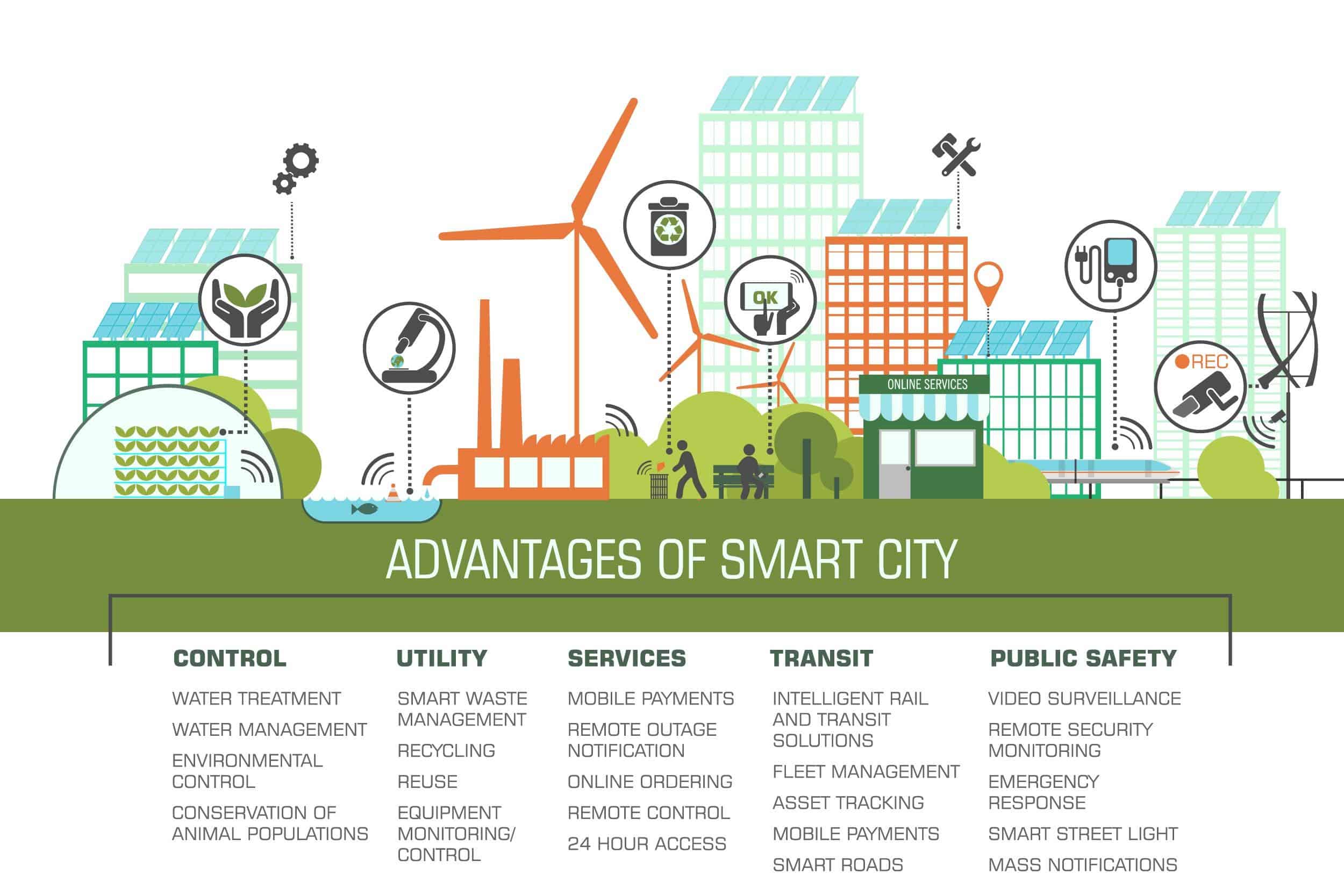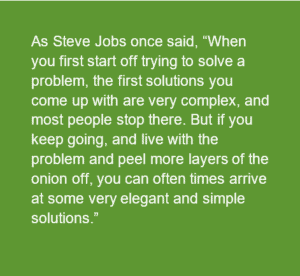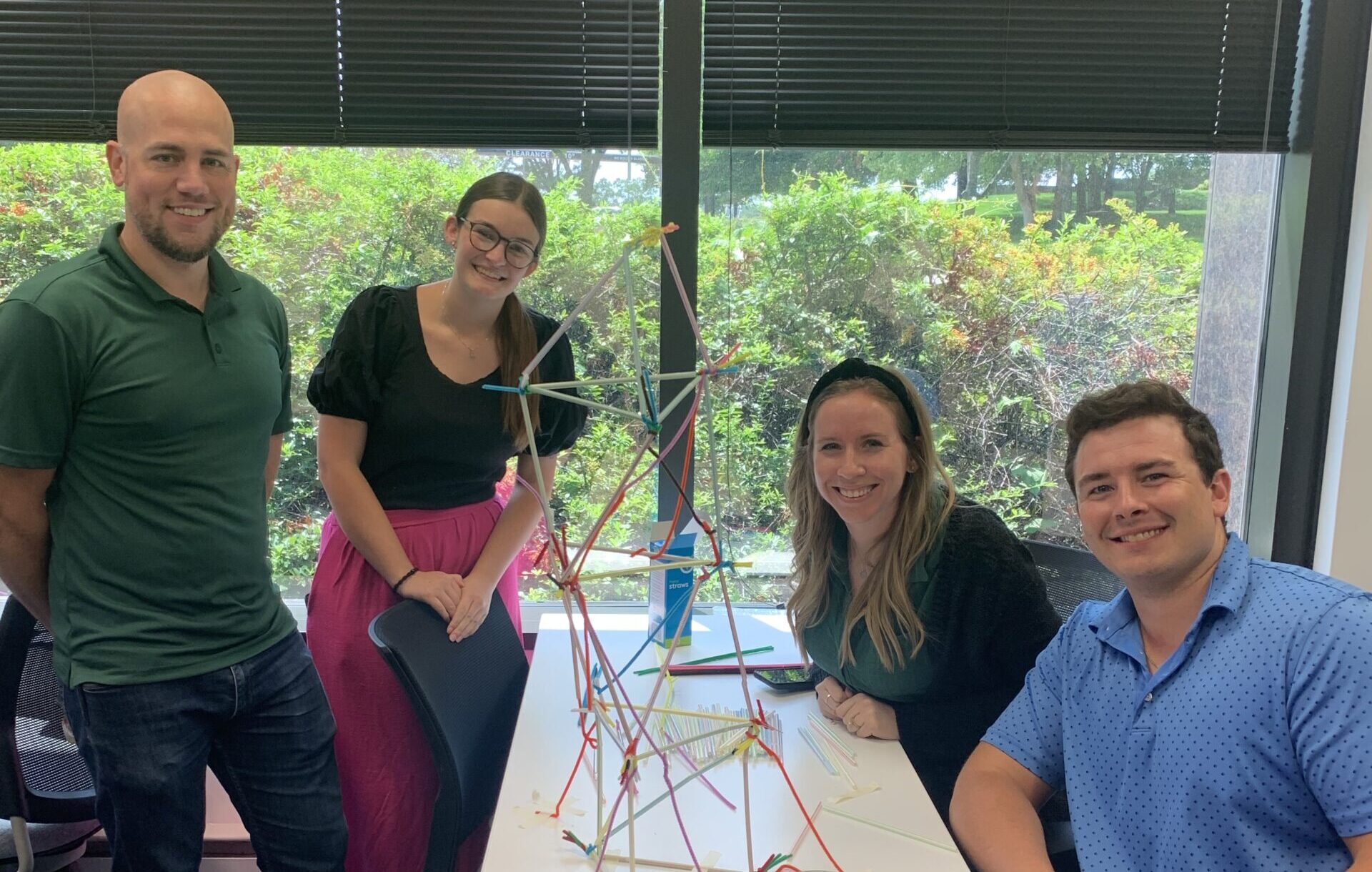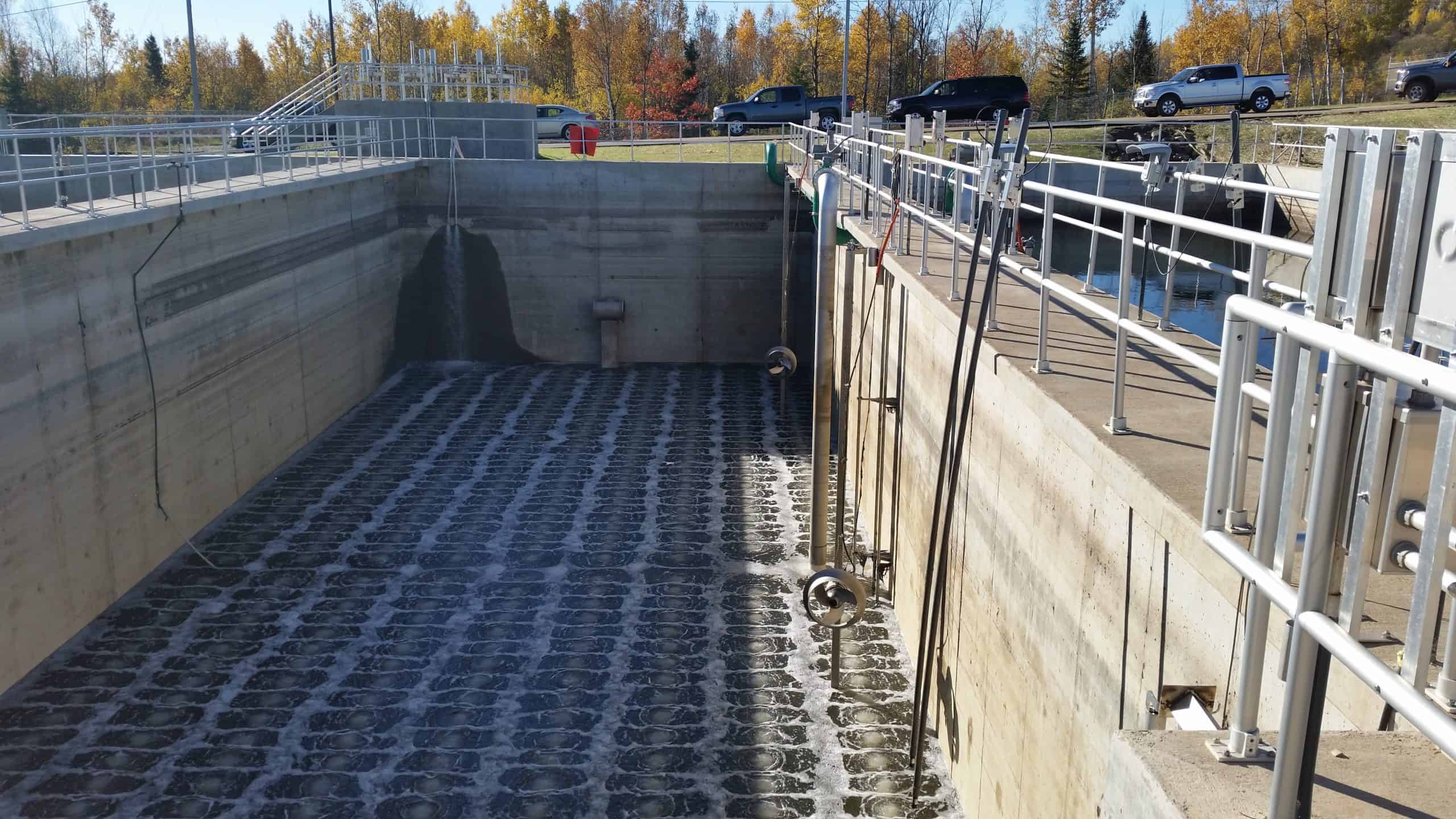
Is Additional Broadband Capacity Needed in Your Community?

How do you make your community future-proof? Poised to succeed in the turbulent environment of businesses and citizens demanding better, faster, and cheaper internet services? In just the past five years, technological giants such as Google have dramatically changed the community landscape and customer expectations to increase their broadband capacity. For some, broadband is now considered an expected utility, alongside water, power, and gas, and that belief is expected to grow.
The challenges poised to communities are very real. Across the country, large incumbent providers fail to make upgrades necessary to bring true, high-speed broadband to residents and businesses. Vague promises of future upgrades are far too often unfulfilled, leaving communities exposed and unable to attract and retain businesses, and exposed to the loss of talented workers who choose to live and work in communities where high-speed internet is available.

The benefits of charting a community’s own broadband path are also very real. Improving the speed and reliability of broadband service in your community spurs growth and economic development drives the quality of life in education and medical delivery and improves municipal service delivery.

However, too many municipalities begin their broadband capacity journeys without a clear direction. The temptation may be to solicit an expensive broadband feasibility study, which often leads to an unsuccessful RFI process and then to a dead end. Most studies offer similar and highly optimistic projections and end up on the shelf, never put into practice.
This approach fails because communities haven’t first crafted strong visions supported by community will. Navigating the complex communications landscape, understanding ownership, and operational risks, and creating functional business models always test the resolve of community leaders. It is important to generate buy-in before embarking on this monumental task.
Communities need to be proactive and consider their approach with the end in mind. They must clearly articulate desired goals to shepherd the process from study to action. Complexity will give way to clarity when you spend enough time with the problem.
The same can be said for community broadband. If you start with the proper visioning and problem analysis framework, it enables the community to move quickly to planning, design, and, if desired, operation of its preferred alternatives.
PHASE I – VISIONING
As with any journey, you need your starting point and destination. This visioning process begins with community engagement. It is essential that citizens, business owners, political bodies, and anchor institutions (education, public safety, healthcare) are actively engaged in the visioning process to understand the community’s will and its tolerance for risk.
When you take a holistic approach to community needs, you better understand community demand:
- Right audiences; right questions: Combining statistically relevant surveys with on-site interviews with key contributors is a must in this process.
- Leave no stone unturned: You must evaluate current fiber resources, analyze incumbent offerings, determine market demand, and understand public interest to establish a municipal broadband program.
- Look beyond the city limits: Creating economies of scale can make broadband deployment both economically and politically more viable. Consider regional partnerships.
- Consider the now and the next: Effective model development requires a complex assessment of technologies, partnering opportunities, and your community’s goals which range from your own operations and economic development objectives to issues affecting residents and businesses.
Developing this roadmap will help your community navigate complex technical, financial, and administrative problems, as well as uncover opportunities. For example, the city of Centennial, Colorado, with the help of HR Green’s David Zelenok, PE, discovered ways to creatively use existing broadband-related infrastructure such as street lighting, fiber optics, and utilities, to create new revenue streams and enhance economic development efforts.
Make sure to consider your utility-related assets, like underground conduits or your traffic signal backbone, for potential upgrades to serve a wide variety of new purposes that were unforeseen until recent years. Through visioning, you can unlock your infrastructure’s hidden value.

PHASE II – PLANNING
The establishment of a community vision provides the groundwork for the completion of more comprehensive planning, financial modeling, and necessary engineering design work. Your eventual direction is dependent on your vision.
As you enter this next phase it is imperative that you’ve clarified your community’s vision and goals, you’ve achieved buy-in and established partnerships with key stakeholders, and you’ve tapped economic development advocates. Once your community champions are on board, start to formulate teams from both the private sector and public departments, including IT, utilities, streets and traffic, and public works to complete key, technical next steps:
- Create network design alternatives: As you investigate all alternatives for your network, you must get the technology right in order to get the budget right. Software-designed networks can create unique opportunities. And, it pays to utilize the accuracy of GIS mapping over simpler tools such as Google Maps.
- Thumbs up; thumbs down: To develop a network for potential broadband services you must assess the regulatory environment from your town hall to the state capital. Make sure your vision is aligned to city council priorities. Pull in legal and technical consultation that can help you traverse the telecommunications regulatory environment associated with municipal broadband capacity issues.
- Develop sound business models: In the end, will this be public policy only? Are public/private partnerships the better option? Your models must include all funding opportunities and look at options that may generate revenue immediately. By this point, you should understand the community’s appetite for service and its willingness to take on costs and risks in the pursuit of improved broadband services.
Community core assets must evolve to meet the future, diverse needs of your community. This helps attract and grow the workforce, provides the framework for an entrepreneurial ecosystem, and is a game-changer for your economic developers. You advance broader community goals and increase property values when you integrate public works, public safety, and community requirements through broadband.
Posted with permission from the Alliance For Innovation, June 2017. Read the original article here.
Subscribe to HR Green Insights
We're dedicated to providing up-to-date knowledge and insights about the topics that matter most to you. We know how busy you are, so we will keep this simple, covering just one topic per email. Once you've subscribed, you can easily customize your preferences to receive only the updates relevant to you.



